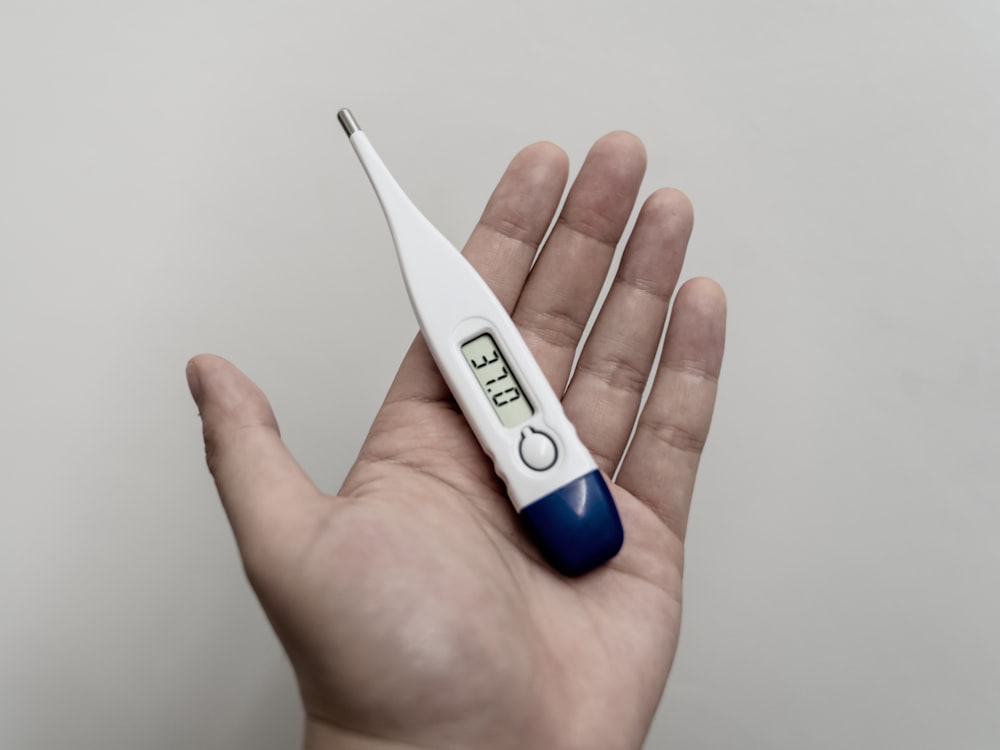Published 22:16 IST, May 3rd 2024
Differentiate between dengue and viral fevers, which are common health concerns in India.
Advertisement
In India, dengue and viral fevers are common health concerns, each presenting challenges in diagnosis due to overlapping symptoms. While viral fevers are prevalent year-round, peaking in various seasons depending on the virus, dengue fever typically intensifies during the monsoon months of June to September. However, cases of dengue can occur at any time, influenced by factors such as rainfall, temperatures, and mosquito breeding conditions.

Understanding the differences
Initially, both dengue and viral fevers manifest similarly with symptoms such as high fever (often above 102°F or 38.9°C), headache, body and muscle aches, fatigue, nausea, cough, and sore throat. Distinguishing between the two in their early stages can be difficult without professional medical evaluation.
Advertisement
However, dengue fever can escalate to severe symptoms, which are more specific and may indicate its presence. These include intense joint and muscle pain—sometimes referred to as 'breakbone fever'—pain behind the eyes, mild bleeding instances like nosebleeds or gum bleeding, easy bruising, and distinctive skin rashes or red spots.

What to do If dengue Is suspected?
Dengue fever demands immediate medical attention, especially as it can rapidly become life-threatening, particularly in children. Here are essential steps to follow if dengue is suspected:
Advertisement
Seek medical care promptly: Early diagnosis is crucial. If dengue symptoms appear, consulting a doctor immediately enables timely and effective treatment. In severe cases, hospitalization may be necessary for close monitoring.
Monitor symptoms: Keep track of the symptoms, regularly checking the temperature and noting any new or worsening signs, such as dehydration indicators.
Advertisement
Stay Hydrated: Adequate hydration is vital. Ensure the intake of sufficient fluids like water, electrolyte solutions, oral rehydration solutions, coconut water, or diluted fruit juices. This is especially important if symptoms include vomiting or diarrhea.
Awareness and understanding of the differences between these fevers can lead to better prevention and care, ultimately reducing the impact of these widespread diseases.
Advertisement
22:16 IST, May 3rd 2024